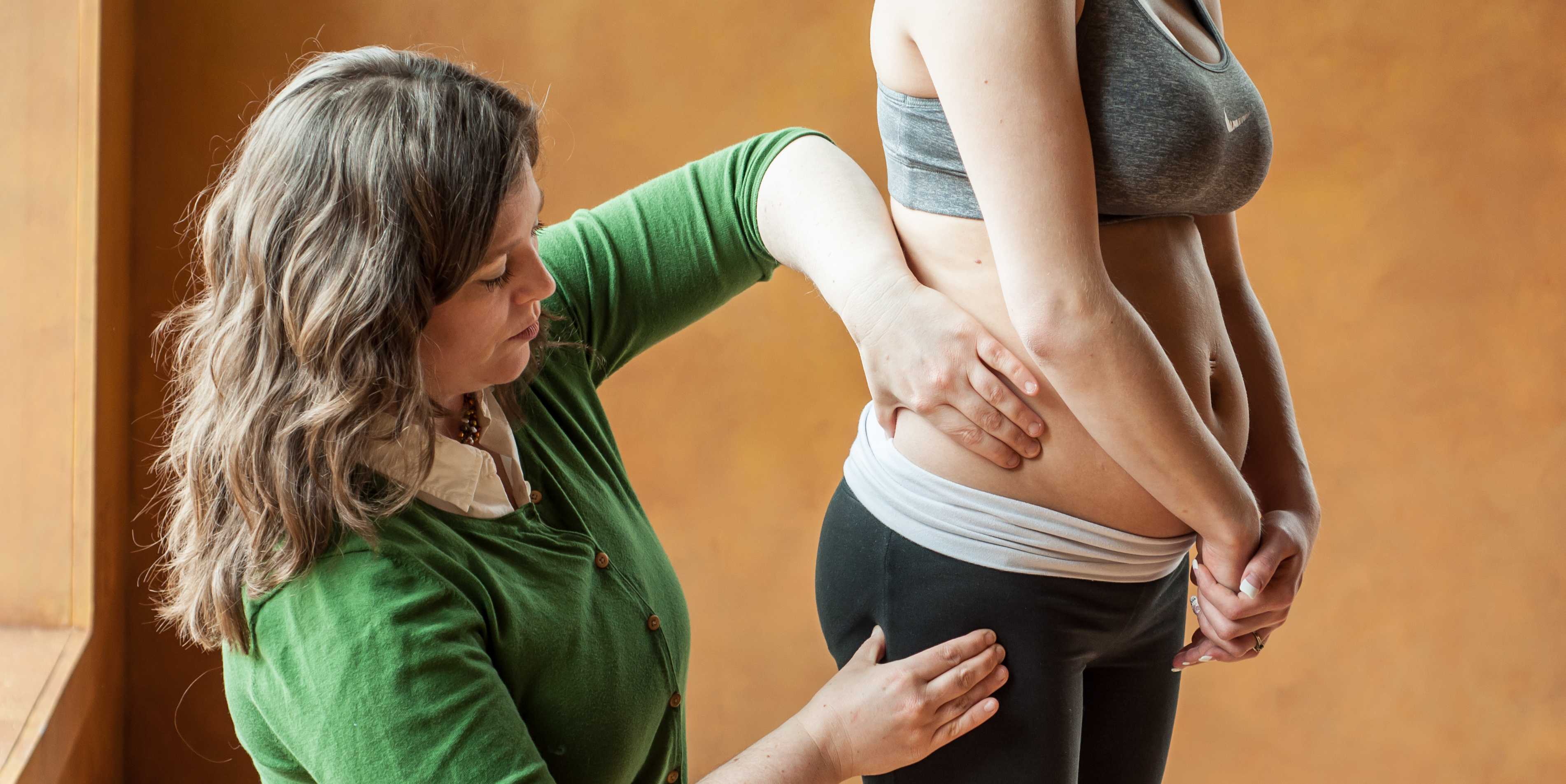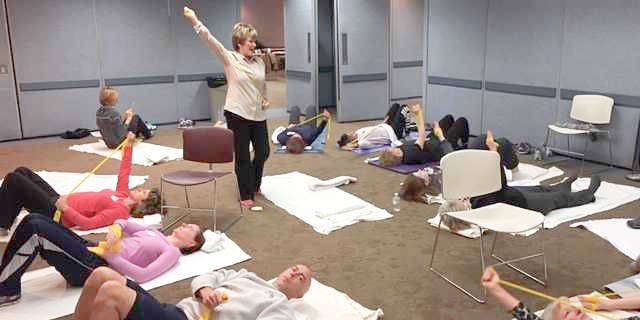Effect of COVID-19 on the Diaphragm

Five years ago, the COVID-19 pandemic devastated the world on a scale not seen in nearly a century. Hospital systems became overwhelmed as the number of patients requiring hospitalization and mechanical ventilation surged. In the years since, the Centers for Disease Control and Prevention (CDC) has defined terms such as "Long COVID" and "Post-COVID Condition" to describe individuals who continue to experience symptoms well after recovering from the acute phase of the virus. As it relates to our work, a key question emerges: What are the short- and long-term effects of COVID-19 on the diaphragm?
A study by Spiesshoefer et al. (1) examined patients hospitalized with COVID-19 and assessed them approximately two years after discharge. They found that persistent diaphragm muscle weakness and exertional dyspnea remained prevalent. In their study, participants were divided into two groups—one group received six weeks of inspiratory muscle training (IMT), while the control group received a sham intervention. The IMT group demonstrated statistically significant improvements in exertional dyspnea and diaphragm function, although there was no notable change in diaphragm thickness. Importantly, these improvements persisted after the six-week intervention concluded.
Similarly, Ahmad et al. (2) compared diaphragm release techniques with conventional breathing exercises in female patients recovering from COVID-19. After just nine sessions over a three-week period, the diaphragm release group showed greater improvements in chest wall expansion, oxygen saturation, and performance on the six-minute walk test compared to the breathing exercise group.
Together, these studies highlight the importance of incorporating both breathing exercises and manual therapy techniques to optimize breathing mechanics, support chest wall mobility, enhance oxygen saturation, and reduce exertional dyspnea during walking and other functional activities.
In the Breathing and the Diaphragm course taught by Aparna Rajagopal and Leeann Taptich, a systematic and holistic approach to evaluation and treatment will be discussed, covering not only recovery from COVID-19 but also pelvic floor dysfunction, gastrointestinal disorders, and chronic low back pain. To deepen your understanding of the diaphragm’s crucial role in health and rehabilitation, register for the May 31, 2025 course through Herman & Wallace.
References:
- Spiesshoefer J, Regmi B, Senol M, Jorn B, Gorol O, Elfetur M, Walterspacher S, Giannoni A, Kahles F, Gloeckl R, Dreher M. Potential Diaphragm Muscle Weakness-related Dyspnea Persists 2 Years after COVID-19 and Could Be Improved by Inspiratory Muscle Training. Am J Respir Crit Care Med. 2024; 210(5): 618-628.
- Ahmad AM, Nawar NM, Dabess HM, Gallab MA. Effect of diaphragm manual release versus conventional breathing exercises in prone positioning on physical functional performance in women with COVID-19: A randomized trial. Journal of Bodywork and Movement Therapies. 2023; 35: 311-319.
AUTHOR BIO
Leeann Taptich DPT, SCS, MTC, CSCS
 Leeann Taptich, PT, DPT (she/her) has been a physical therapist since 2006. She graduated with a BS in Kinesiology from Michigan State University and a Doctorate of Physical Therapy from the University of St Augustine. In 2009, she earned her Manual Therapy from the University is St Augustine and her board certification as a Sports Certified Specialist in 2018.
Leeann Taptich, PT, DPT (she/her) has been a physical therapist since 2006. She graduated with a BS in Kinesiology from Michigan State University and a Doctorate of Physical Therapy from the University of St Augustine. In 2009, she earned her Manual Therapy from the University is St Augustine and her board certification as a Sports Certified Specialist in 2018.
Leeann leads the Sports Physical Therapy team at Henry Ford Macomb Hospital in Michigan, where she mentors a team of therapists. She also works very closely with the pelvic team at the hospital, which gives her a very unique perspective of the athlete. With her combination of credentials and her exposure to pelvic health,h she is able to use a very eclectic but complete approach in her treatment of orthopedic and sports patients. With the hospital system, she is involved with the community promoting health and wellness at local running competitions and events.
Leeann is passionate about educating and teaching and has assisted in teaching multiple courses at the local State a university PT department. She is co-chair of the continuing education committee at her hospital where she writes and develops courses. She is a co-author of the Breathing and Diaphragm class at Herman & Wallace.
Leeann lives in the metro Detroit area with her husband and 2 children. She enjoys hiking, traveling, and watching football.
By accepting you will be accessing a service provided by a third-party external to https://www.hermanwallace.com/





































